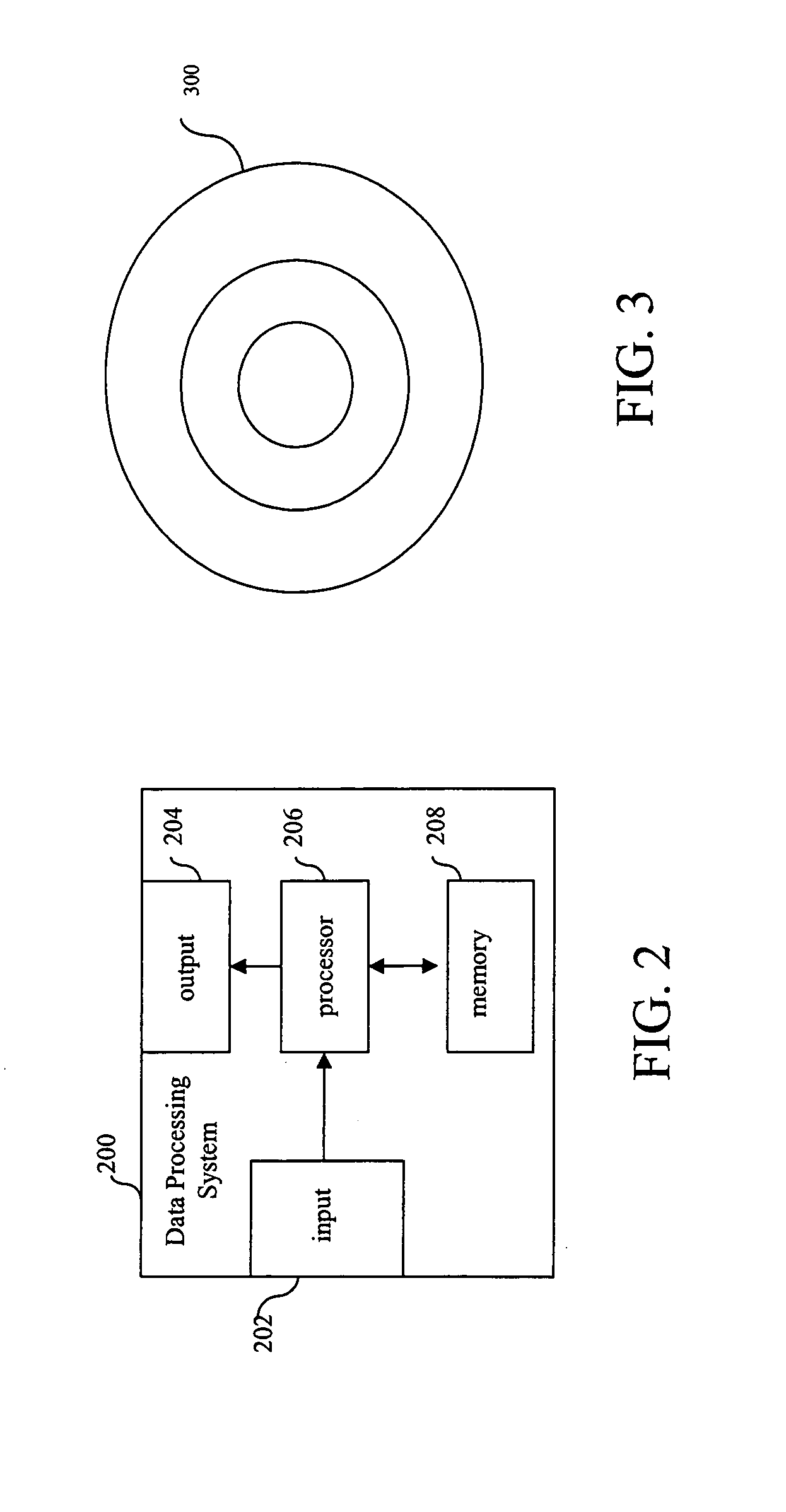Method for automatic color balancing in digital images
a digital image and color balancing technology, applied in the field of digital imagery, can solve the problems of limited visual correction mechanism, inability to extend to images on computer displays or photographic prints, and limitations in extreme low lighting conditions, and achieve the effect of effective adaptive weighting of surface reflectance and illuminant spectra components, and amenable implementation on hardwar
- Summary
- Abstract
- Description
- Claims
- Application Information
AI Technical Summary
Benefits of technology
Problems solved by technology
Method used
Image
Examples
Embodiment Construction
(1) Introduction
[0060]In the field of image capturing, whether analog, such as through the use of traditional film-based cameras, or digital, such as through the use of charge-coupled device (CCD) or other digital imaging systems, discrepancies exist between the natural response of a human eye and the response of an image capturing device. In particular, even though calibrated to match with the eye's response under one set of lighting conditions, when the lighting conditions vary, current image capturing devices often do not maintain their calibration. Thus, pictures taken at different times, particularly under low lighting conditions, do not appear the same as the scene from which they were obtained would when viewed with the naked eye.
[0061]The present invention provides a solution to this problem by utilizing Image-Wide Luminance measures, Localized Luminance measures, and weights to adjust the color balance of an input image and produce a color-balanced output image.
[0062]Before...
PUM
 Login to View More
Login to View More Abstract
Description
Claims
Application Information
 Login to View More
Login to View More - R&D
- Intellectual Property
- Life Sciences
- Materials
- Tech Scout
- Unparalleled Data Quality
- Higher Quality Content
- 60% Fewer Hallucinations
Browse by: Latest US Patents, China's latest patents, Technical Efficacy Thesaurus, Application Domain, Technology Topic, Popular Technical Reports.
© 2025 PatSnap. All rights reserved.Legal|Privacy policy|Modern Slavery Act Transparency Statement|Sitemap|About US| Contact US: help@patsnap.com



